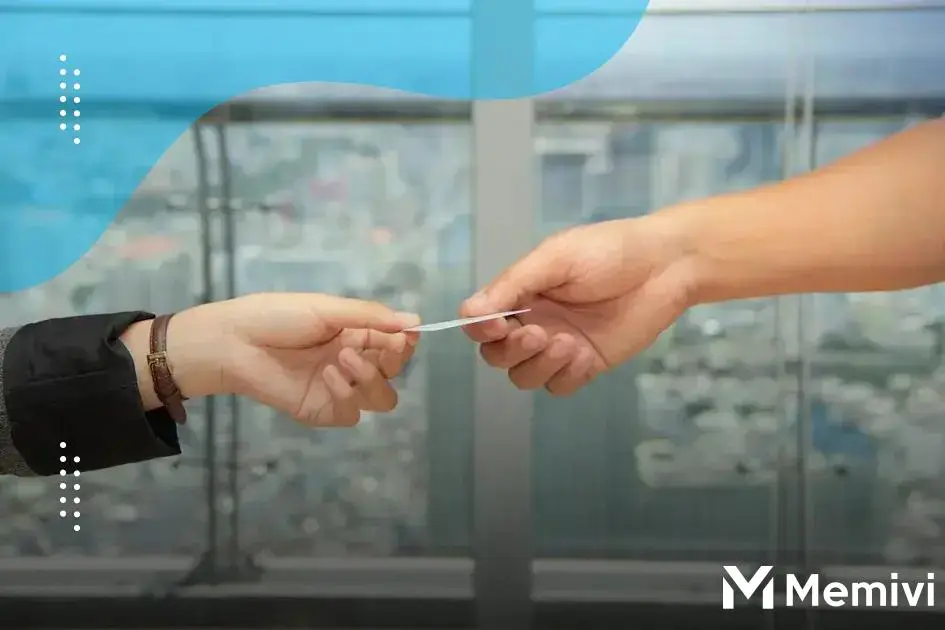
Unauthorized transactions can cause significant financial distress. Learning how to detect unauthorized transactions is crucial to protect yourself from potential fraud. This guide will help you understand the signs and necessary actions to take if you suspect unauthorized activity. Pay attention to your bank statements, use secure online practices, and don’t hesitate to reach out to your bank at the first sign of irregularity. Let’s dive into the essential steps to ensure your financial security.
Understanding Unauthorized Transactions
Unauthorized transactions occur when a purchase or withdrawal is made from your account without your knowledge or approval. These can happen due to stolen credit card information, identity theft, or data breaches. Understanding how unauthorized transactions occur can help you better protect your financial assets.
An unauthorized transaction may result from someone gaining access to your personal information and using it for purchases or transfers. It’s crucial to recognize that such transactions are illegal and often require immediate action to prevent further loss.
Knowing the difference between authorized and unauthorized transactions is essential. An authorized transaction occurs when you give explicit permission, usually through a signature or a verified online purchase. In contrast, an unauthorized transaction is completed without your consent, breaking trust and causing financial liability.
Financial institutions often outline ways to protect yourself through their security features, such as alerts and two-factor authentication.
Reviewing your account statements
regularly can aid in identifying any transactions you do not recognize. Quick response is key, as most banks have a limited window for you to report such activities to ensure full protection under consumer laws.
Key Signs of Unauthorized Transactions
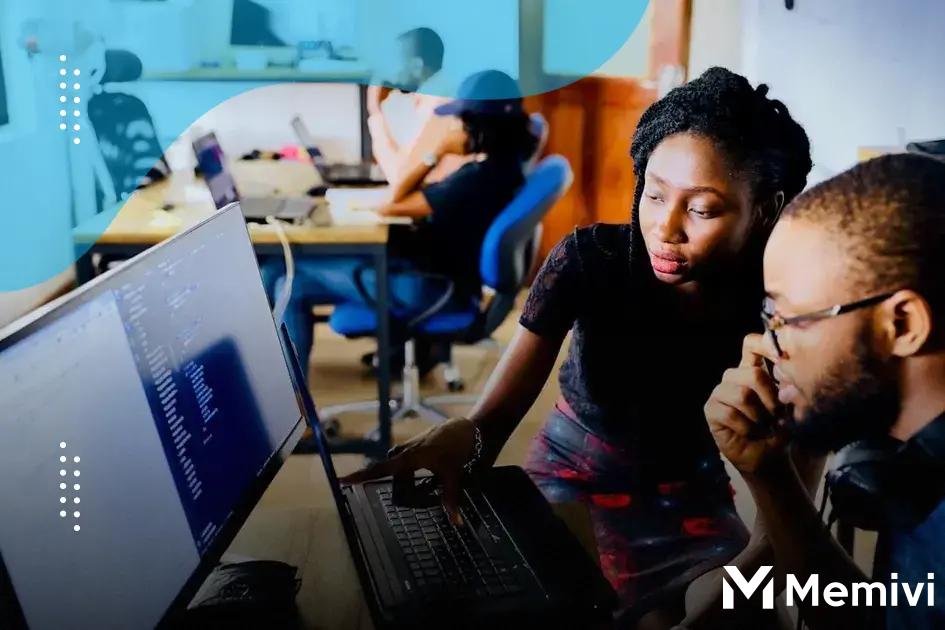
Spotting unauthorized transactions is critical for safeguarding your finances. Here are some key signs to help you identify them. First, check your account statements thoroughly. Look for transactions you don’t recognize, especially small amounts, as fraudsters sometimes test the waters before larger withdrawals. Keep an eye out for duplicates or unfamiliar vendor names.
Having unexpected bank notifications can indicate troublesome activity. Whether by email, text, or app notifications, any alert about recent changes or transactions on your account that you didn’t authorize requires immediate attention. Ensure your contact details with the bank are up-to-date so you don’t miss important alerts.
Be cautious of sudden deficit increases in credit limit or significant spending spikes. These are red flags suggesting that someone might be using your account without permission. Regularly reviewing your bank statements and online account activity is essential for catching these discrepancies early.
Steps to Take if You Find Unauthorized Transactions
- Once you notice an unauthorized transaction, act quickly. Time is of the essence when it comes to any discrepancies in your bank account.
-
Contact Your Bank
– Reach out to your bank or financial institution immediately. Provide them with details of the unauthorized transaction so they can take appropriate actions.
- Freeze Your Account – If necessary, ask your bank to temporarily freeze your account to prevent further unauthorized transactions. This can help in protecting your remaining funds while the issue is being resolved.
- File a Fraud Report – Follow your bank’s procedure for filing a fraud report. This typically involves filling out a form and providing additional information to assist with the investigation.
- Change Your Passwords – Update all your online banking and related passwords to ensure no further access is granted to unauthorized parties.
- Notify the Authorities – In some cases, it might be necessary to report the unauthorized transactions to local law enforcement as part of the fraud investigation process.
- Monitor Account Activity – Keep a close eye on your bank statements and online transactions for any further unauthorized activity.
- Check Your Credit Report – Ensure no other suspicious activities have occurred, such as unauthorized credit applications or loans.
Preventing Future Unauthorized Transactions
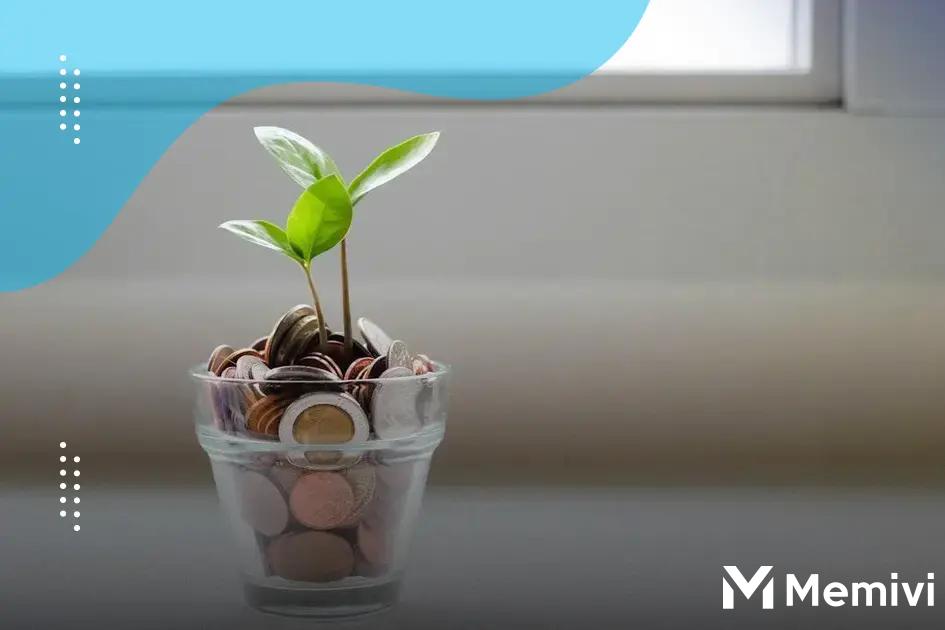
To safeguard your finances from future unauthorized transactions, it is crucial to adopt effective prevention strategies. Begin by setting up real-time alerts for transactions on your accounts. Most banks and credit card companies offer this service, which sends notifications via email or SMS every time your card is used. This immediate update allows you to swiftly identify any suspicious activity.
Another important step is to regularly update your passwords for online banking and shopping sites. Ensure they are strong and unique, incorporating a mix of letters, numbers, and symbols. Avoid using easily guessed information like birthdays or common words.
Always monitor your financial statements closely. Review your bank statements and transaction history consistently to spot unfamiliar charges or transactions. If something doesn’t add up, contact your bank immediately for clarification.
Implement the use of secure payment methods whenever possible. Consider using digital wallets or payment apps that employ additional layers of security, such as fingerprint verification or two-factor authentication, which can enhance the protection of your personal and financial information.
Educate yourself on the latest scams and fraud tactics. Being informed about the common tricks can help you recognize and avoid potential threats. Researching and staying updated on online security news can be beneficial in preventing fraud.
Lastly, consider adopting identity theft protection services that offer extra measures like credit monitoring and identity restoration assistance. These services can provide peace of mind by quickly alerting you to any unauthorized attempts to access your personal information.
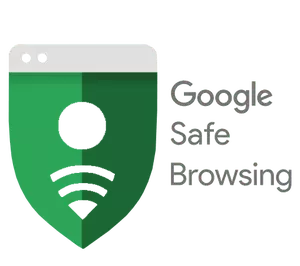

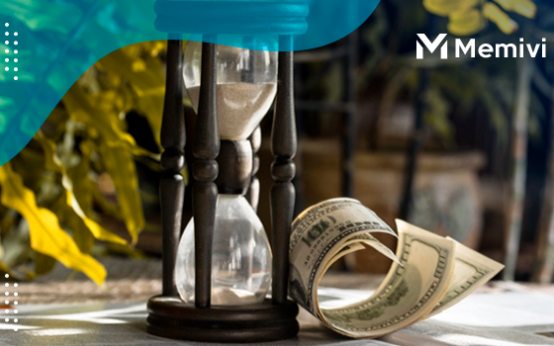 How to Maximize Your Employer 401(k) Match and Double Your Retirement Savings <p class='sec-title' style='line-height: normal; font-weight: normal;font-size: 16px !important; text-align: left;margin-top: 8px;margin-bottom: 0px !important;'> Learn how to maximize your employer 401(k) match, boost your savings, and build long-term retirement wealth. </p>
How to Maximize Your Employer 401(k) Match and Double Your Retirement Savings <p class='sec-title' style='line-height: normal; font-weight: normal;font-size: 16px !important; text-align: left;margin-top: 8px;margin-bottom: 0px !important;'> Learn how to maximize your employer 401(k) match, boost your savings, and build long-term retirement wealth. </p> 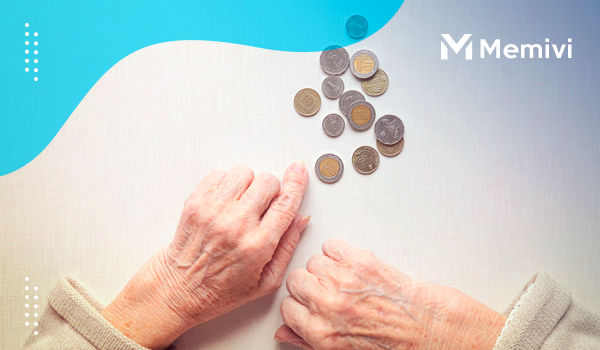 401(k) vs. IRA vs. Roth IRA — Which One Fits Your Financial Goals? <p class='sec-title' style='line-height: normal; font-weight: normal;font-size: 16px !important; text-align: left;margin-top: 8px;margin-bottom: 0px !important;'> Understand the differences between 401(k), IRA, and Roth IRA plans, and learn how to choose the best retirement account. </p>
401(k) vs. IRA vs. Roth IRA — Which One Fits Your Financial Goals? <p class='sec-title' style='line-height: normal; font-weight: normal;font-size: 16px !important; text-align: left;margin-top: 8px;margin-bottom: 0px !important;'> Understand the differences between 401(k), IRA, and Roth IRA plans, and learn how to choose the best retirement account. </p> 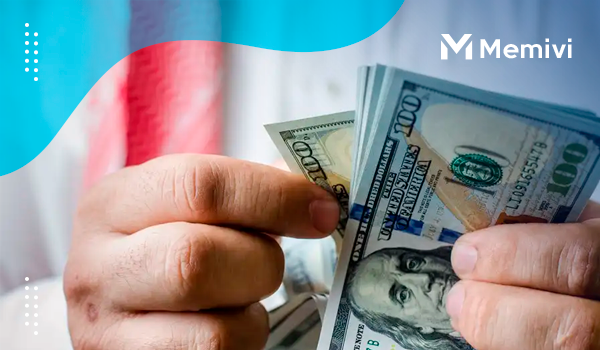 How to Start Investing in the U.S. with Just $100 <p class='sec-title' style='line-height: normal; font-weight: normal;font-size: 16px !important; text-align: left;margin-top: 8px;margin-bottom: 0px !important;'> Learn how to start investing in the U.S. with just $100 using smart strategies that build wealth and financial confidence over time. </p>
How to Start Investing in the U.S. with Just $100 <p class='sec-title' style='line-height: normal; font-weight: normal;font-size: 16px !important; text-align: left;margin-top: 8px;margin-bottom: 0px !important;'> Learn how to start investing in the U.S. with just $100 using smart strategies that build wealth and financial confidence over time. </p>